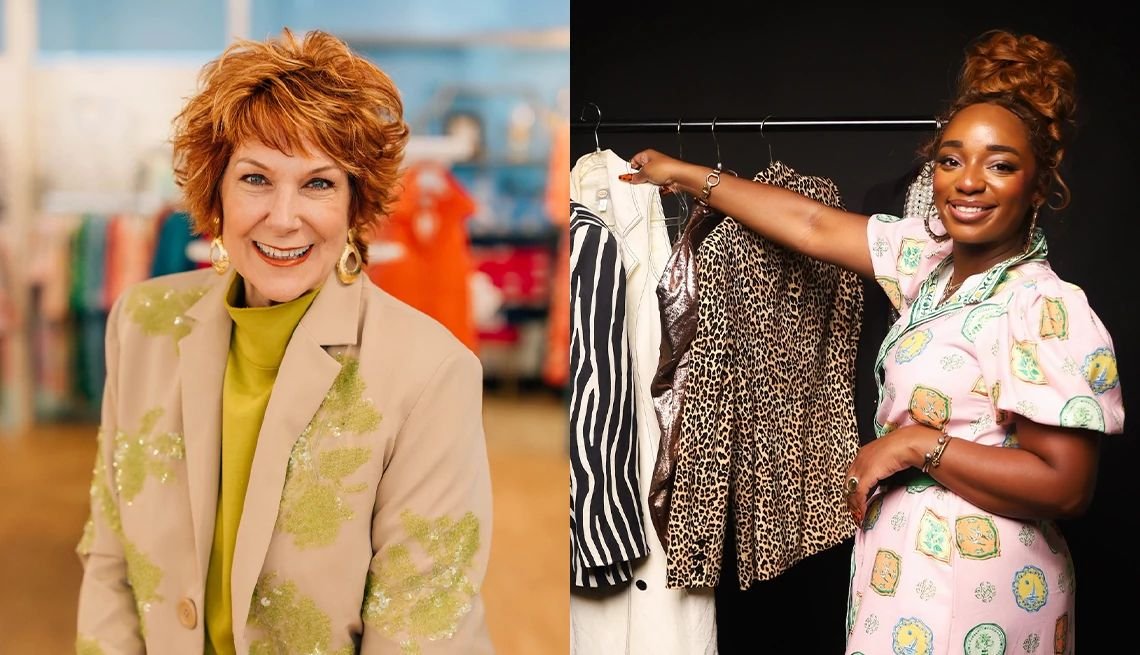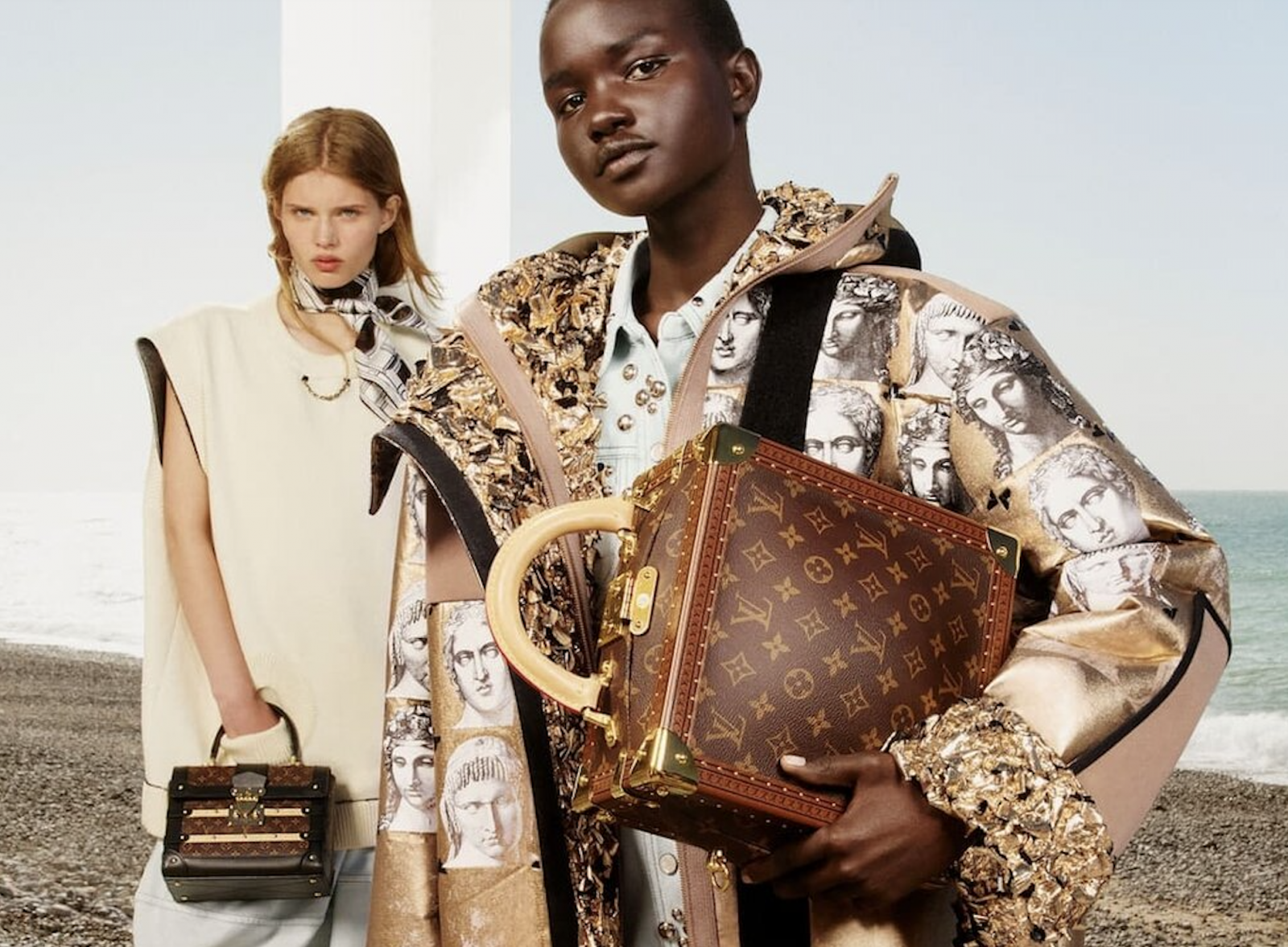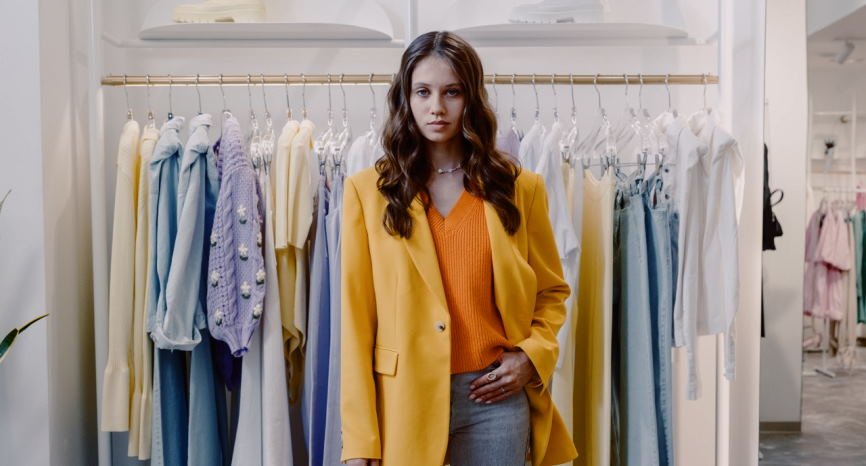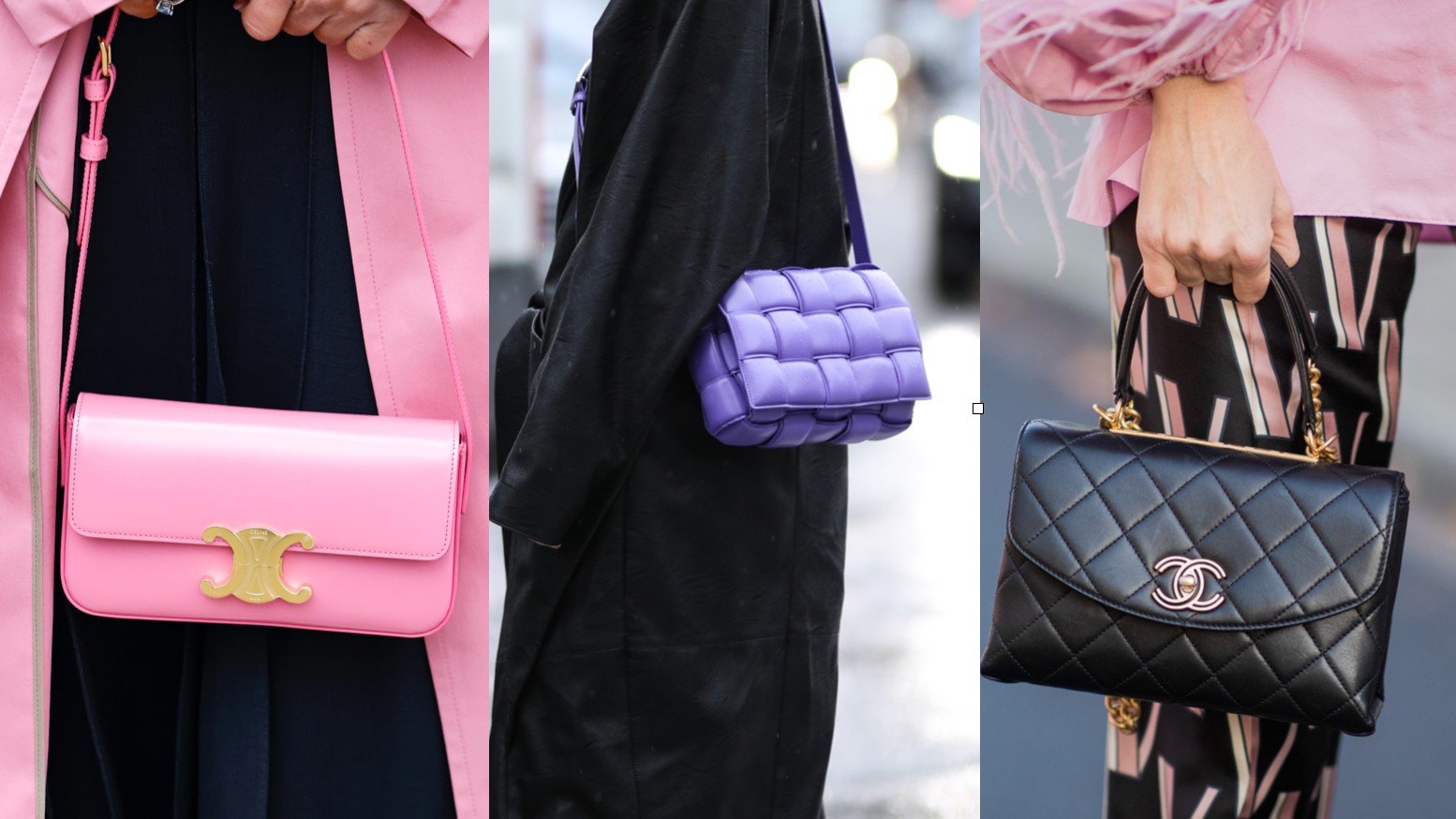Have you ever tried on a shirt that looked stunning on the hanger but somehow made your complexion look dull or washed out? That’s not a coincidence—it’s all about how colors interact with your skin tone. Understanding the best colors to wear based on your skin tone is one of the most transformative styling secrets that can instantly elevate your wardrobe and make you glow, naturally.
When you wear the right colors, your skin looks healthier, your eyes appear brighter, and your features become more defined. It’s not about changing who you are—it’s about enhancing what you already have.
In this guide, we’ll break down how to identify your skin tone and undertones and reveal the most flattering color palettes for each type. Whether you’re shopping for new clothes or revamping your existing wardrobe, this will help you make smarter, more confident style choices.
1. What Is Skin Tone and Why Does It Matter?
Your skin tone is the natural color of your skin, while your undertone is the subtle hue underneath the surface. Both influence which colors make you look radiant and which ones don’t quite work.
Skin tones typically fall into three broad categories:
- Fair/Light
- Medium/Olive
- Dark/Deep
Undertones, on the other hand, come in three types:
- Cool (pink, red, or bluish hues)
- Warm (yellow, peachy, or golden hues)
- Neutral (a mix of warm and cool)
The right colors enhance your natural undertones, while the wrong ones can clash and make you look tired or ashy.
2. How to Identify Your Skin Undertone
Before choosing your best colors, you need to determine your undertone. Here are a few simple tests:
- Vein Test: Look at the veins on your wrist.
- Blue or purple veins = Cool undertone
- Greenish veins = Warm undertone
- Can’t tell or a mix = Neutral undertone
- Jewelry Test: Try on both silver and gold.
- Silver flatters cool undertones
- Gold flatters warm undertones
- Both look great? You’re likely neutral.
- White Paper Test: Hold a white sheet next to your face in natural light.
- If your skin looks rosy or bluish = Cool
- If it looks golden or yellow = Warm
- If it’s hard to tell = Neutral
Once you know your undertone, you’re ready to unlock your perfect palette.
3. Best Colors for Cool Undertones
If you have a cool undertone, jewel tones and cool-based shades are your best friend. These colors enhance your skin’s natural brightness and give you that fresh, crisp look.
Best colors for cool undertones:
- Sapphire blue
- Emerald green
- Lavender
- Ruby red
- Icy pink
- Cool grays
- Pure white
- Navy
Avoid: Earthy tones like orange, mustard, or olive green, as they may clash with your undertone and make your skin appear sallow.
Celebs with cool undertones: Anne Hathaway, Lupita Nyong’o, and Nicole Kidman.
4. Best Colors for Warm Undertones
Warm undertones glow in earthy, rich hues that mirror nature. Think of golden sunsets, warm spices, and autumn leaves.
Best colors for warm undertones:
- Mustard yellow
- Olive green
- Terracotta
- Coral
- Warm reds (like tomato red)
- Cream
- Camel and beige
- Chocolate brown
Avoid: Cool shades like icy blue or stark white, which can make warm undertones look flat or gray.
Celebs with warm undertones: Beyoncé, Jessica Alba, and Priyanka Chopra.
5. Best Colors for Neutral Undertones
Neutral undertones are the luckiest—they can pull off both cool and warm tones. The key is to opt for muted or soft versions of colors rather than extremely vibrant or overly saturated shades.
Best colors for neutral undertones:
- Jade green
- Blush pink
- Soft rose
- Teal
- Taupe
- Dusty blue
- Gray
- Off-white
Avoid: Neon or extremely bright shades, which can overpower your natural complexion.
Celebs with neutral undertones: Natalie Portman, Kerry Washington, and Sandra Bullock.
6. Skin Tone Breakdown: Fair, Medium, and Deep
While undertones guide your palette, your overall skin tone also plays a role.
Fair Skin Tones:
- Typically burn easily, may have freckles.
- Best with light, pastel colors, and soft jewel tones.
- Avoid dark, heavy shades that can overwhelm your look.
Medium/Olive Skin Tones:
- Often tan easily and have greenish or yellow undertones.
- Look great in saturated colors like turquoise, emerald, and burnt orange.
- Can also rock both warm and cool tones depending on the shade.
Dark/Deep Skin Tones:
- Rich, bold colors like cobalt blue, royal purple, and bright yellow look incredible.
- Avoid colors too close to your skin tone like brown or beige unless contrasted with brighter accessories.
7. Tips for Wearing Colors That Aren’t in Your Palette
Sometimes you just love a color—even if it doesn’t “technically” suit your undertone. Don’t worry! You can still wear it with a few style tricks:
- Use it as an accessory: A scarf, bag, or shoes in your favorite (but not flattering) color won’t clash with your face.
- Layer it smartly: Wear the color away from your face—like on bottoms or as a layer under a jacket in a flattering shade.
- Mix with a flattering tone: Pair that tricky color with one from your palette to balance things out.
8. Bonus: Matching Makeup and Hair to Your Undertones
Your undertone doesn’t just affect your wardrobe—it can guide your makeup and hair color choices too.
- Cool undertones: Opt for rosy blush, blue-based reds, and ashy hair tones like platinum or cool brown.
- Warm undertones: Peachy blush, orangey-red lipsticks, and golden or caramel hair colors are super flattering.
- Neutral undertones: Try mauve tones in makeup and soft, balanced hair colors like mocha or bronde.
Final Thoughts
Wearing the right colors for your skin tone is a subtle but powerful style secret. It helps you look more vibrant, confident, and effortlessly put-together. Once you understand your skin tone and undertone, shopping becomes easier, outfits look better, and your wardrobe works harder for you.
Remember, fashion is about expressing who you are. These guidelines aren’t strict rules—they’re tools to help you feel your best. At the end of the day, if a color makes you feel amazing, wear it with confidence—because that’s always the best color of all.



